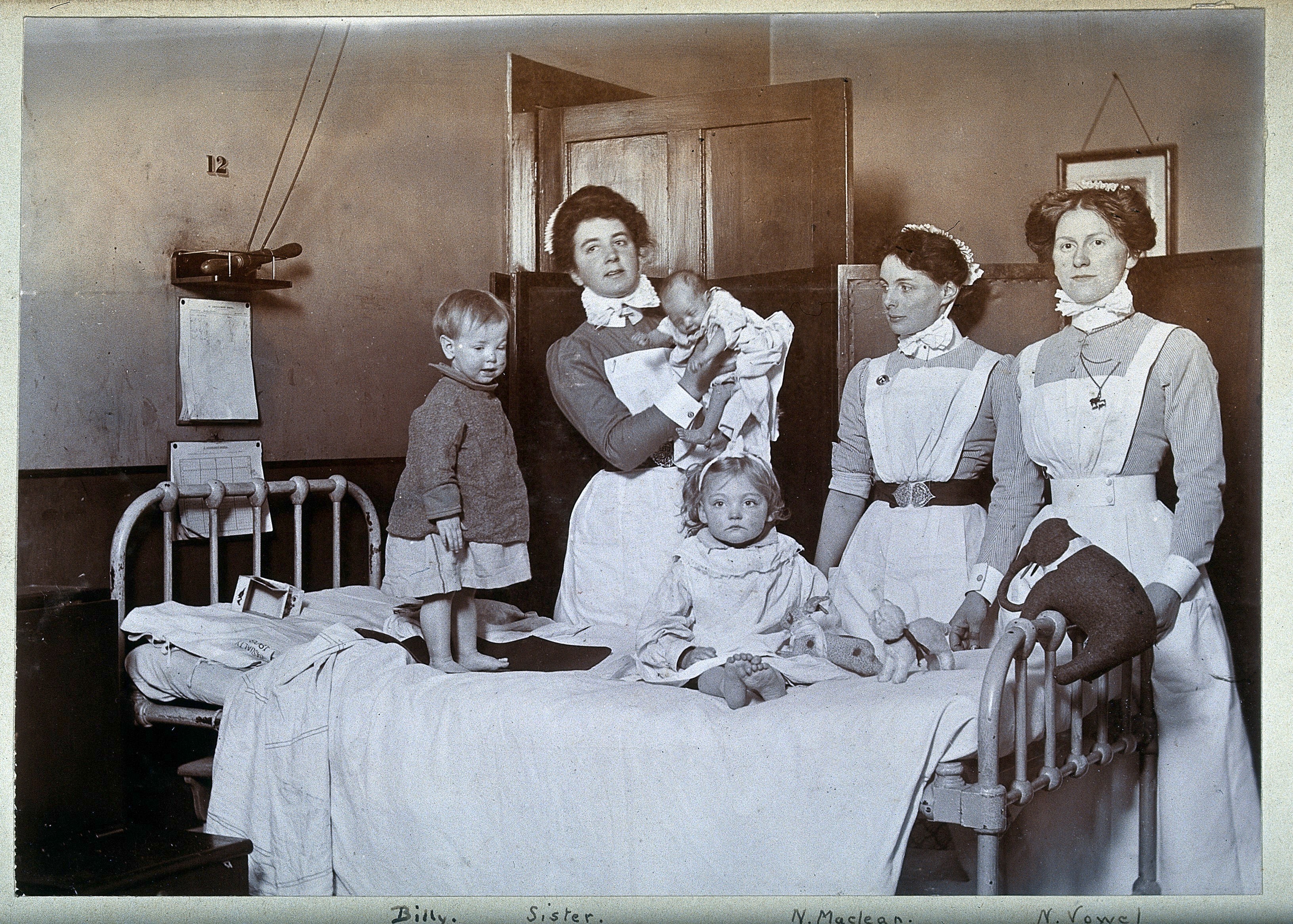Resilience Reimagined 6: Wiegele (Ilse Weber)

The violinist, Daniel Hope, was a protégé of Sir Yehudi Menuhin, who was a protégé of the violinist Louis Persinger (1887-1966), who was a protégé of the violinist Hans Becker (1860-1917) and on that line of connection extends through history, one generation encouraging the next.
Of the many things Daniel Hope says he learned from Mehuhin, one was resilience. In the 1970s, Hope’s parents escaped apartheid-South Africa where they had been under surveillance because of their support of black creative artists. Safely in London, they quickly ran out of money. Hope’s mother took a job as Menuhin’s secretary. As Daniel Hope says in My Tribute to Yehudi Menuhin, “For the next years, I grew up in Mehuhin’s hoause in Highgate, London, where my mother would take me every day to play, while she worked.”
Fast forward. In 2007, Daniel Hope’s career as a soloist is in full flight, and he is invited to collaborate with the Swedish soprano, Anne Sofie von Otter, on her Terezín/Theresienstadt project, an exploration of music written and performed in the camp that the Nazis were trying to portray as a propaganda showcase. Just north of Prague, Theresienstadt was the “Jewish Settlement” where imprisoned Jewish creative artists where were granted “permission” to continue creating art, not for the concert stage but for the camp’s other residents before they were transported to their demise.
Ilse Weber, born in 1907, was one of those musicians. She was poet who wrote books for children, radio dramas, and simple, memorable songs. As the Germans occupied Bohemia and Moravia (today’s Czechoslovakia), she scrambled to get her elder son, Hanus, on a Kindertransport to London, and he survived. But then, in 1942, she was rounded up with her husband and her younger son, Tommy, and transported to Terezín.
There, she was assigned to work in the children’s infirmary as nurse, though untrained. She also wrote them songs, often lullabies, performing them on the guitar that she managed to smuggle into the camp. “In their simplicity and heartfelt inwardness, they are among the most moving works written in Theresienstadt,” writes the musicologist Ulrike Migdal in her essay in von Otter’s CD booklet.
In October 1944, rather than abandon the sick children she had been caring for, Ilse Weber chose to escort them on what would be the final journey for each of them. A train to Auschwitz.
This is Anne Sofie von Otter singing Weber’s lullaby Wiegala, where “the moon is lantern…how silent is the world….”
https://www.youtube.com/watch?v=KwGqWzbosWY
Amid the sorrow is a timeless image of a nurse. One we have seen daily in the coverage of Covid-19. Never giving up. Never letter go. Until some, like Ilse Weber, succumb to the unimaginable.
++++++++++++
NEXT: To end this series: Resilience in fourteen words.




Bill Robins
Posted at 07:52h, 23 SeptemberGreat series. I listen to Falvetti often! I could not open today’s video. Do others have a problem? Bill Robins brobins@jesuits.org
John Montague
Posted at 08:44h, 23 SeptemberWhen I visited Auschwitz There were many sights that I have found unforgettable. Among them are the barracks that hundreds were kept in who were working for a few months before being gassed, the underground chambers which delivered the deathly showers, the ovens where bodies were burned, the camp commandments large stately house where he lived with wife and children, and the paschal candle in the cell which imprisoned St. Maximillian Kolbe who volunteered to take the place of another prisoner who was going to be shot.
suzanne renaud
Posted at 09:50h, 23 SeptemberThank you for sharing this moving piece of music and it’s history.
Peter Bisson
Posted at 12:39h, 23 SeptemberThank you Kevin!